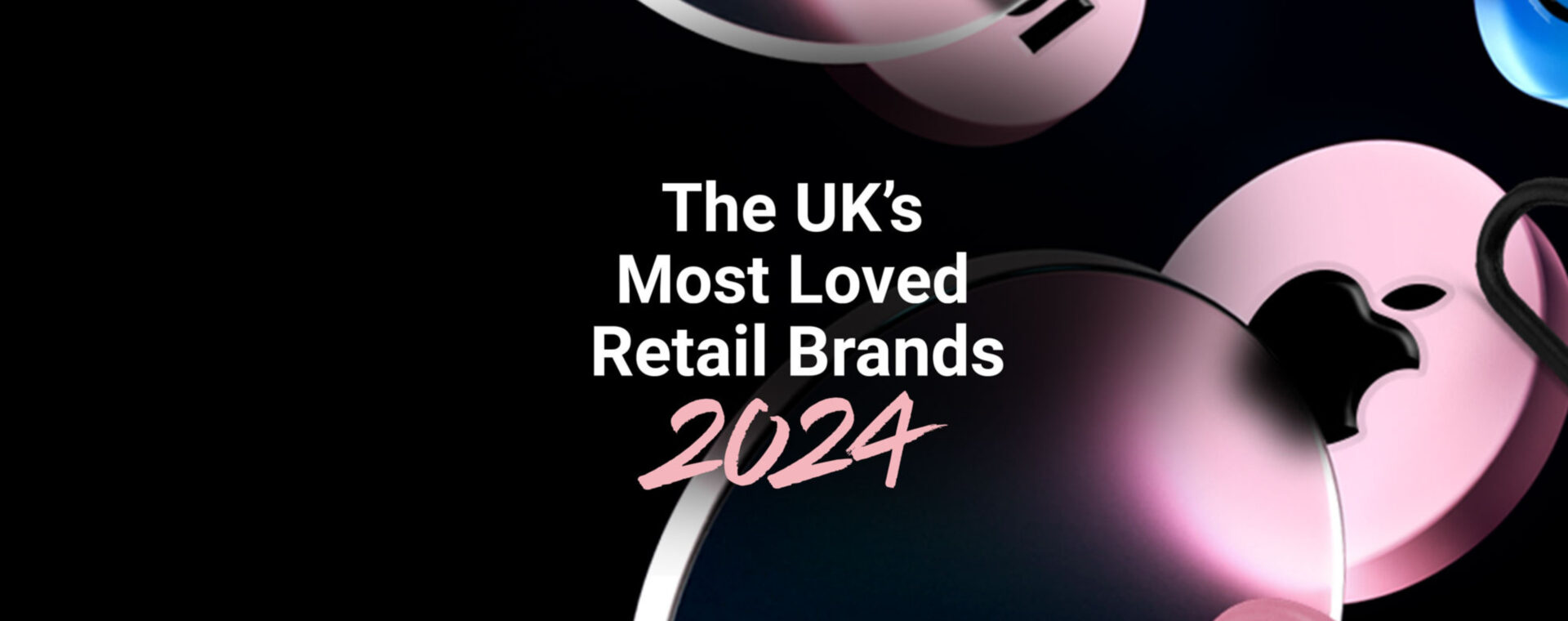
As Apple unveils the new iPhone 14, among other Apple products, customers reveal greater purchasing anxiety than previous years with another annual roll-out.
In 2007, Apple, home of the Macintosh PC and famed iPod, released a smartphone with a touchscreen. It was not the only one on the market, nor had it been the first (LG had teamed up with Prada to release a luxury phone in 2006). However, it was the phone that would revolutionize the phone marketplace, our social interactions, and our lives at large.
Just over half of those who have heard about the new iPhone 14 launch are looking for lower pricing (52%), as well as better battery life (46%).
In the past 15 years, Apple has released 12 iPhones with various updates, software/hardware upgrades, and bigger and smaller design changes. The cameras in later models, for example, have practically replaced digital cameras and superseded the production of any picture-capturing technology prior. Since the iPhone 4G, the device has dominated the US market, even after publicly revealing that the company was purposefully throttling speeds of older phones and installing software to tank battery life within 18 months.
Despite the number of other competing phones, and the vastness of the Android marketplace, iPhones are only owned by 54% of those surveyed, and many also own multiple products from Apple, with 1 in 5 having AirPods (19%) and 1 in 4 (27%) having an iPad as well. With the number of products (and their nearly annual upgraded versions), their price tags have gotten higher every year, with most phones now coming in over $1100, and Apple has no plans to stop. The company just announced the arrival of the iPhone 14, set to be released in the coming months.
However, this year, the company hasn’t made nearly the amount of noise it has in the past, judging from the 55% of Americans surveyed who haven’t heard about the latest device being added to the rotation. But for those that have, just over half (52%) are looking for lower pricing and better battery life (46%) which is a resounding majority. Some are looking for improved camera quality (24%) or faster recharge time (28%), but the number of ways the phones could be improved has a laundry list of options including color options, enhanced security (23%), phone size, and text speed improvements.
As both the number of opinions on improvements builds, and the number of iPhone models continues to rise, only 30% of customers surveyed are likely to buy the phone when it comes out this year. The question that comes with a constant rollout in particular is how long will Apple be able to keep up with the pace of new public demands and annual rollout of new products?
If you want to learn more about the work we do in the Tech and Retail Industry, check out our latest Thought leadership and Research within the space on our Industry pages: Retail, Technology & Telecoms




